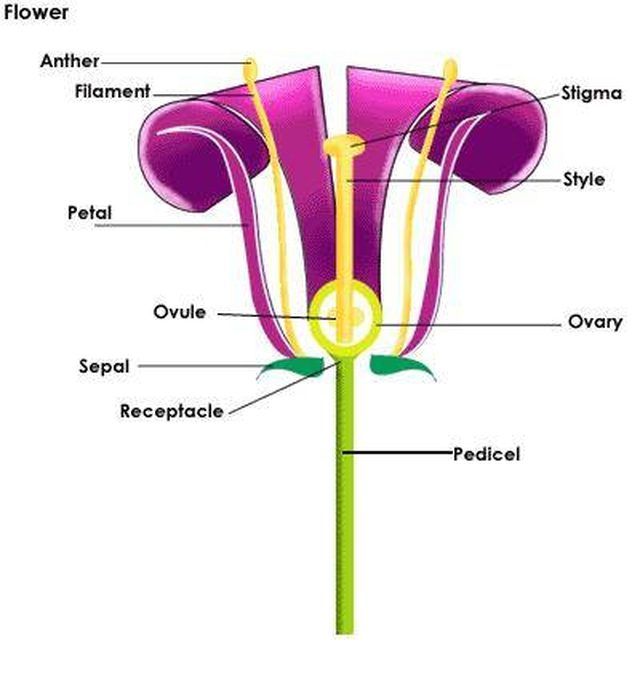Bulbs
Flower Basics
Flower Beds & Specialty Gardens
Flower Garden
Garden Furniture
Garden Gnomes
Garden Seeds
Garden Sheds
Garden Statues
Garden Tools & Supplies
Gardening Basics
Green & Organic
Groundcovers & Vines
Growing Annuals
Growing Basil
Growing Beans
Growing Berries
Growing Blueberries
Growing Cactus
Growing Corn
Growing Cotton
Growing Edibles
Growing Flowers
Growing Garlic
Growing Grapes
Growing Grass
Growing Herbs
Growing Jasmine
Growing Mint
Growing Mushrooms
Orchids
Growing Peanuts
Growing Perennials
Growing Plants
Growing Rosemary
Growing Roses
Growing Strawberries
Growing Sunflowers
Growing Thyme
Growing Tomatoes
Growing Tulips
Growing Vegetables
Herb Basics
Herb Garden
Indoor Growing
Landscaping Basics
Landscaping Patios
Landscaping Plants
Landscaping Shrubs
Landscaping Trees
Landscaping Walks & Pathways
Lawn Basics
Lawn Maintenance
Lawn Mowers
Lawn Ornaments
Lawn Planting
Lawn Tools
Outdoor Growing
Overall Landscape Planning
Pests, Weeds & Problems
Plant Basics
Rock Garden
Rose Garden
Shrubs
Soil
Specialty Gardens
Trees
Vegetable Garden
Yard Maintenance
Diagram of the Parts of a Flower
Diagram of the Parts of a Flower. A diagram of the parts of a flower illustrates how the parts of a flower work together. The flower is the plant part where seeds are made to make more plants of its type. There are many different types of flowers, however they all have four basic parts; the petals, the sepals, the carpel and the stamen. The main...

A diagram of the parts of a flower illustrates how the parts of a flower work together. The flower is the plant part where seeds are made to make more plants of its type. There are many different types of flowers, however they all have four basic parts; the petals, the sepals, the carpel and the stamen. The main parts of a flower that are important for its function are its male and female parts, the carpel and the stamen.
Petals
Petals are the most visually attractive parts of the flower. Petals grow in all colors and in a wide range of styles and shapes and the function is to attract insects to enter the center of the flower. In addition to vibrant colors, petals are often pleasantly scented.
Carpel Parts: Stigma and Style
The stigma and style are two of the four parts that make up the carpel part of the flower, which is the flower's female part. The stigma is located at the top of the style, and it is very sticky so that pollen will stick to it.
The style is located at the base of the stigma and its function is to widen the gap between the stigma and the plant's ovary, to prevent overpollination.
Carpel Parts: Ovary and Ovule
The other two parts of the carpel are the ovary and the ovule. The ovary houses the ovule. Fertilization of the flower converts the ovary into the fruit and the ovule into the fruit's seed.
Receptacle and Peduncle
The flower is attached to the peduncle--the flower stalk--by the receptacle. The flower stalk is responsible for giving the flowering plant elevation and support, so that it is not destroyed by contact with the ground and insects.
Nectary
Flowering plants produce nectar to attract insects to it, so that the insects can assist in the pollination process. The nectary is the flower part that stores the flower's sweet nectar.
Sepal
At the base of the flower is a leaf-like part. This is the sepal, which is responsible for protecting the budding flower from damage in its infancy stage. The sepal also graciously cradles the mature flower at its base.
Stamen
The stamen of a flower is the flower's male part. It is composed of two parts, the filament and the anther. The filament supports the anther, which is at the top of the filament. Pollen is released from the anther's pollen sacs. In pollination, the flower attracts beneficial bugs by its bright color and sweet nectar to rub against the anther's pollen sacs. As the insect moves, the pollen rubs off, either onto the stigma of the same flower, or another flower's stigma. Wind also transfers pollen from the anther to the stigma. This is the method by which flowers are fertilized.